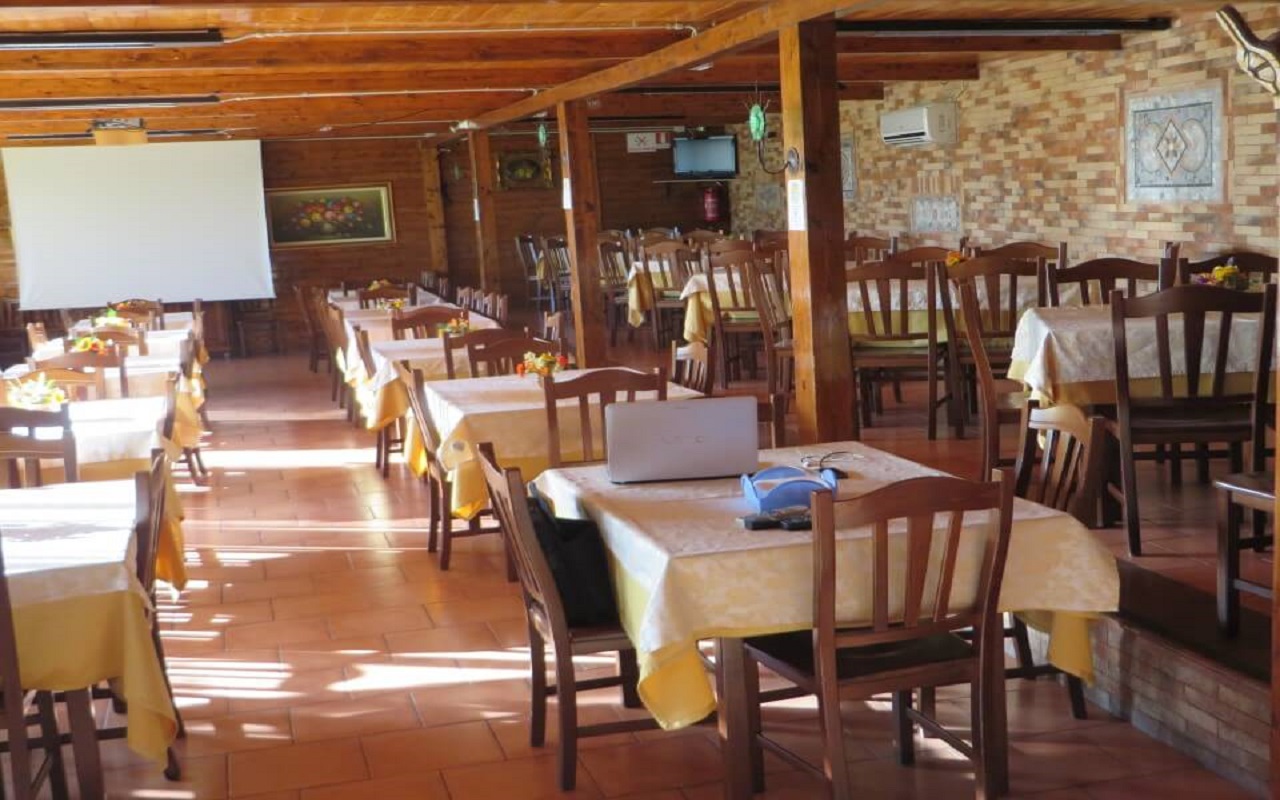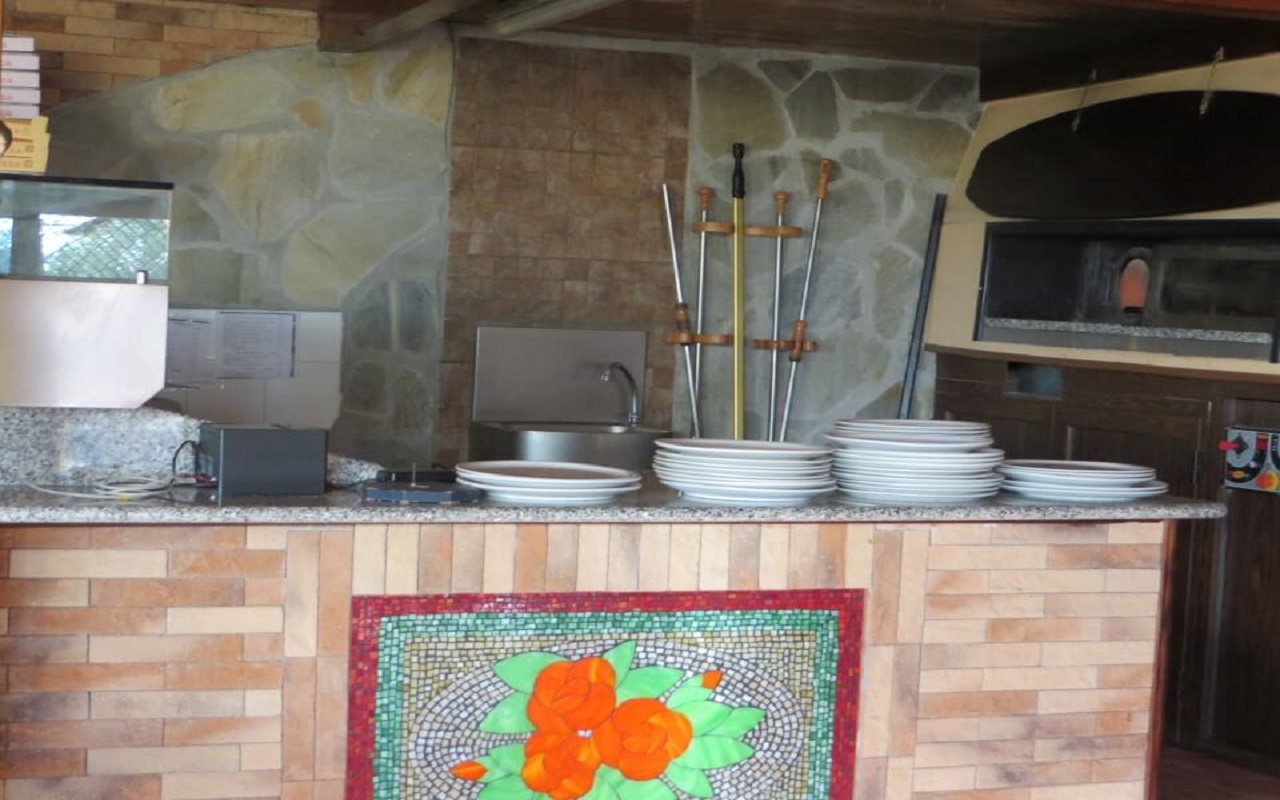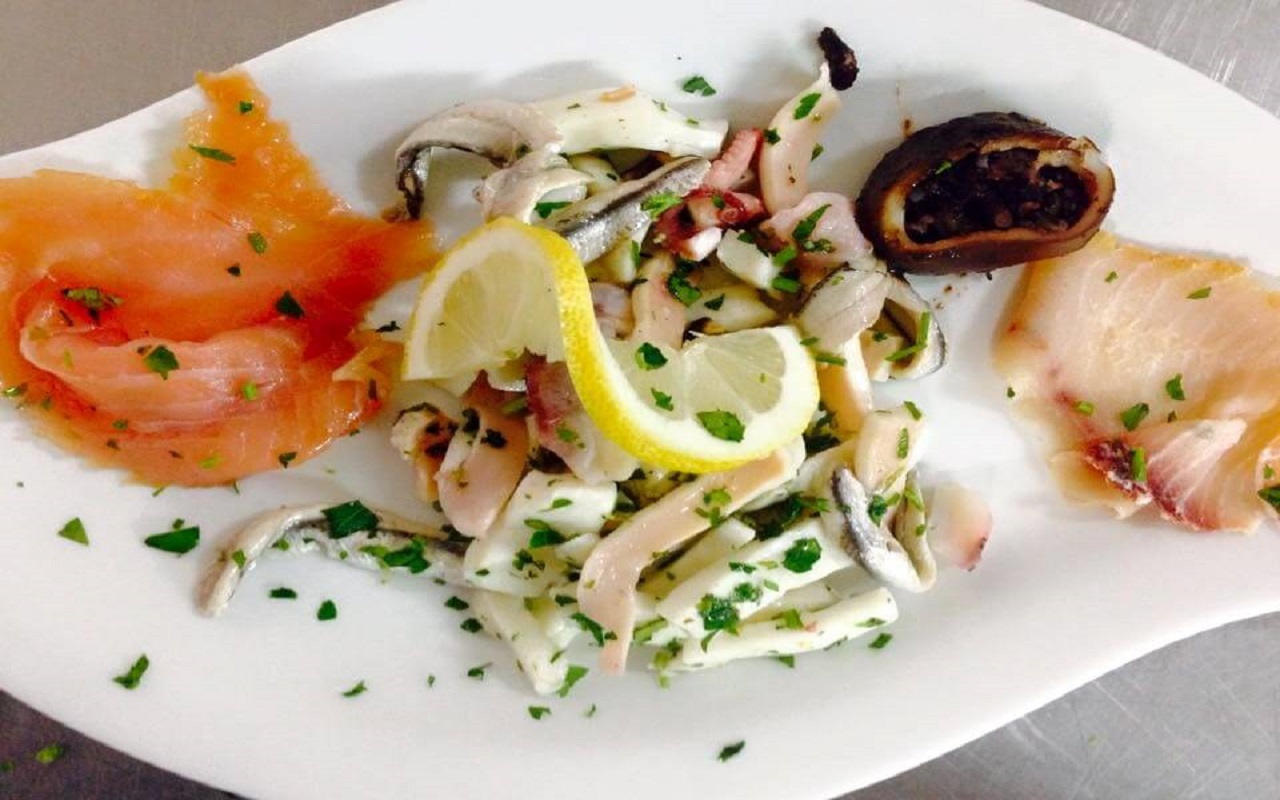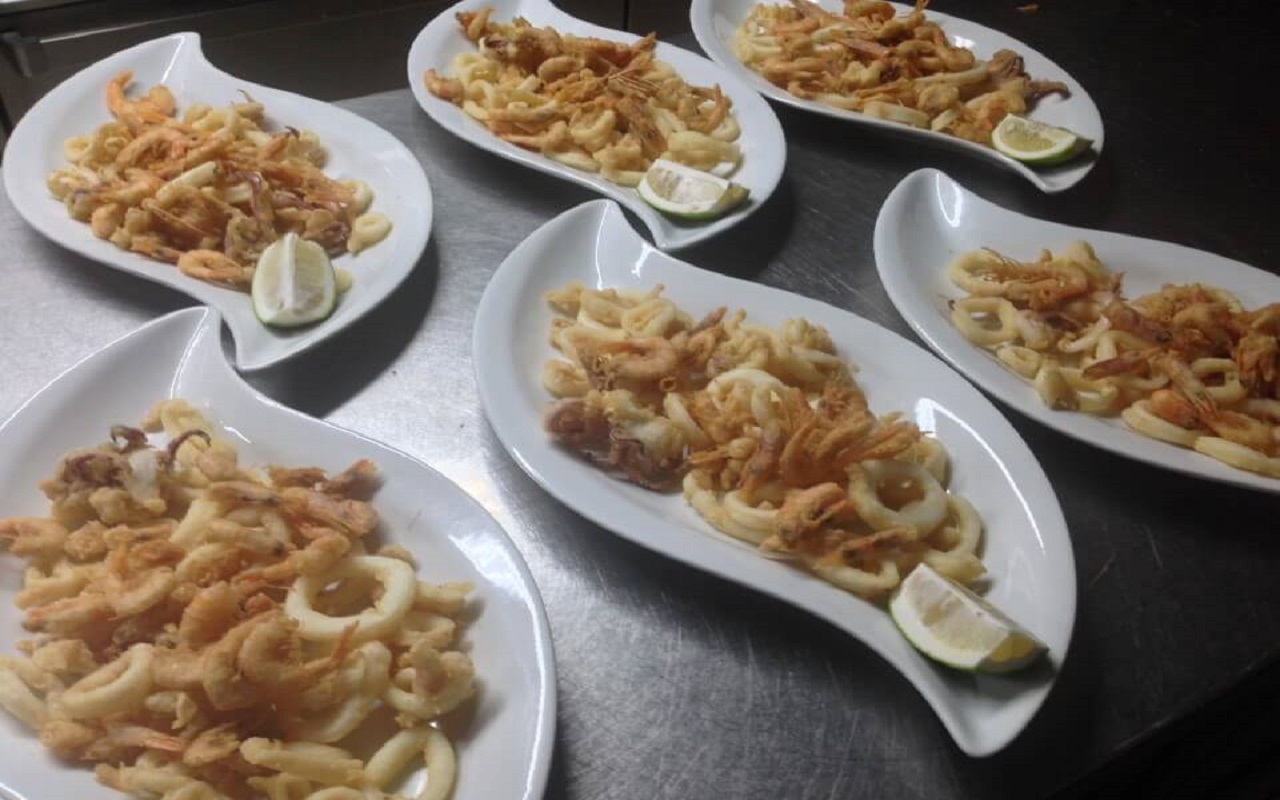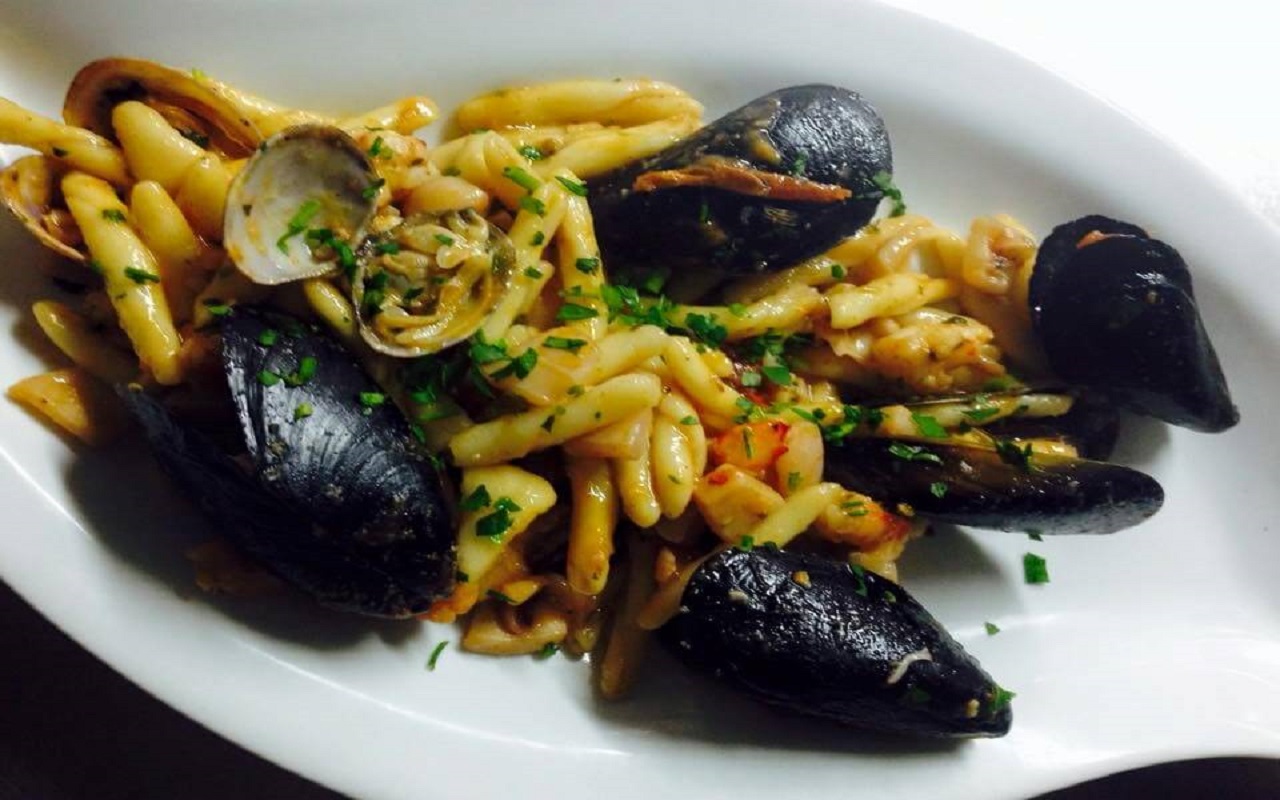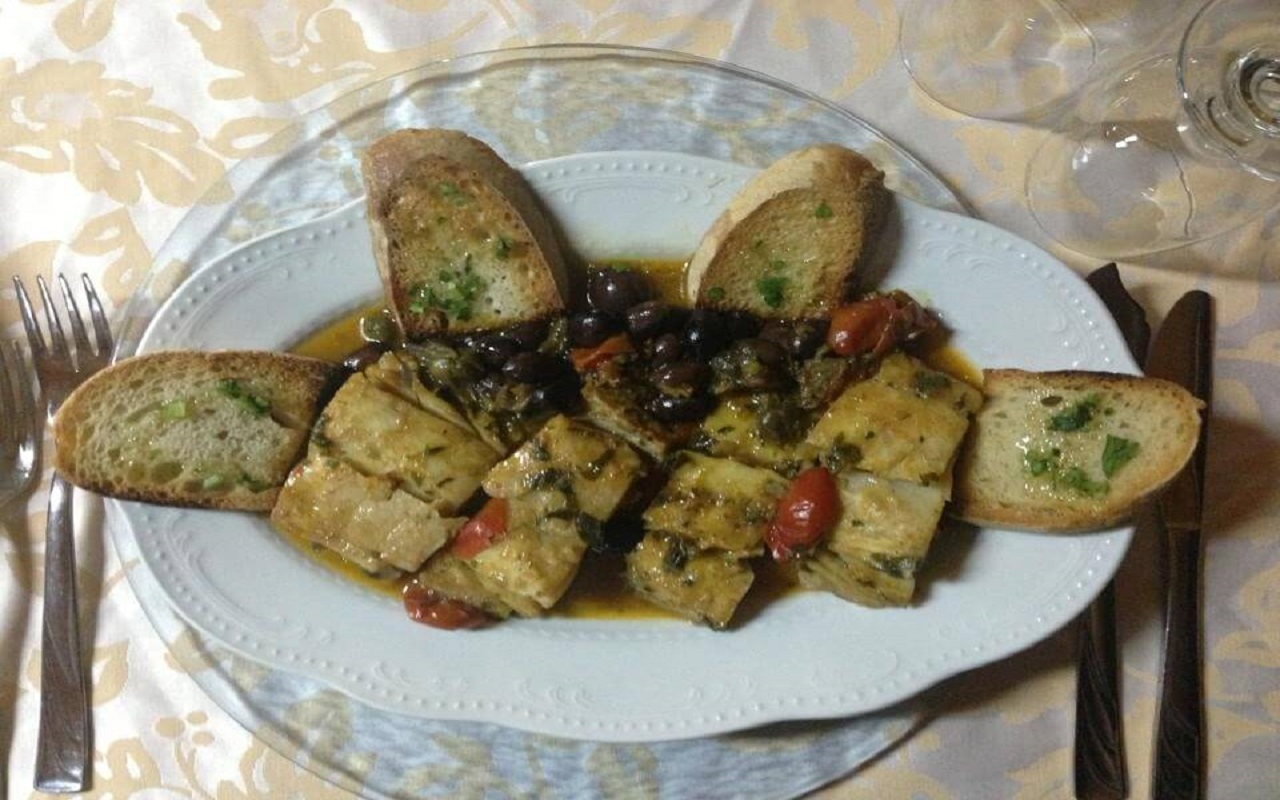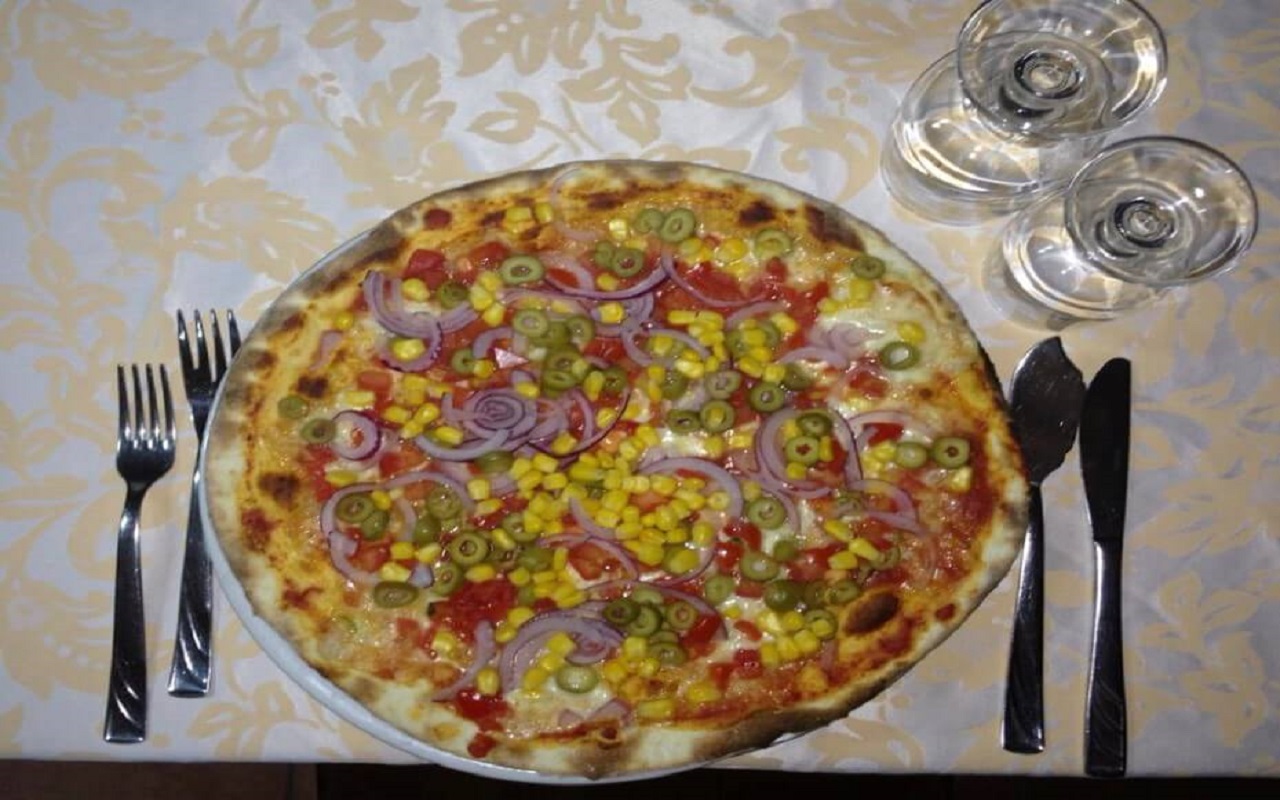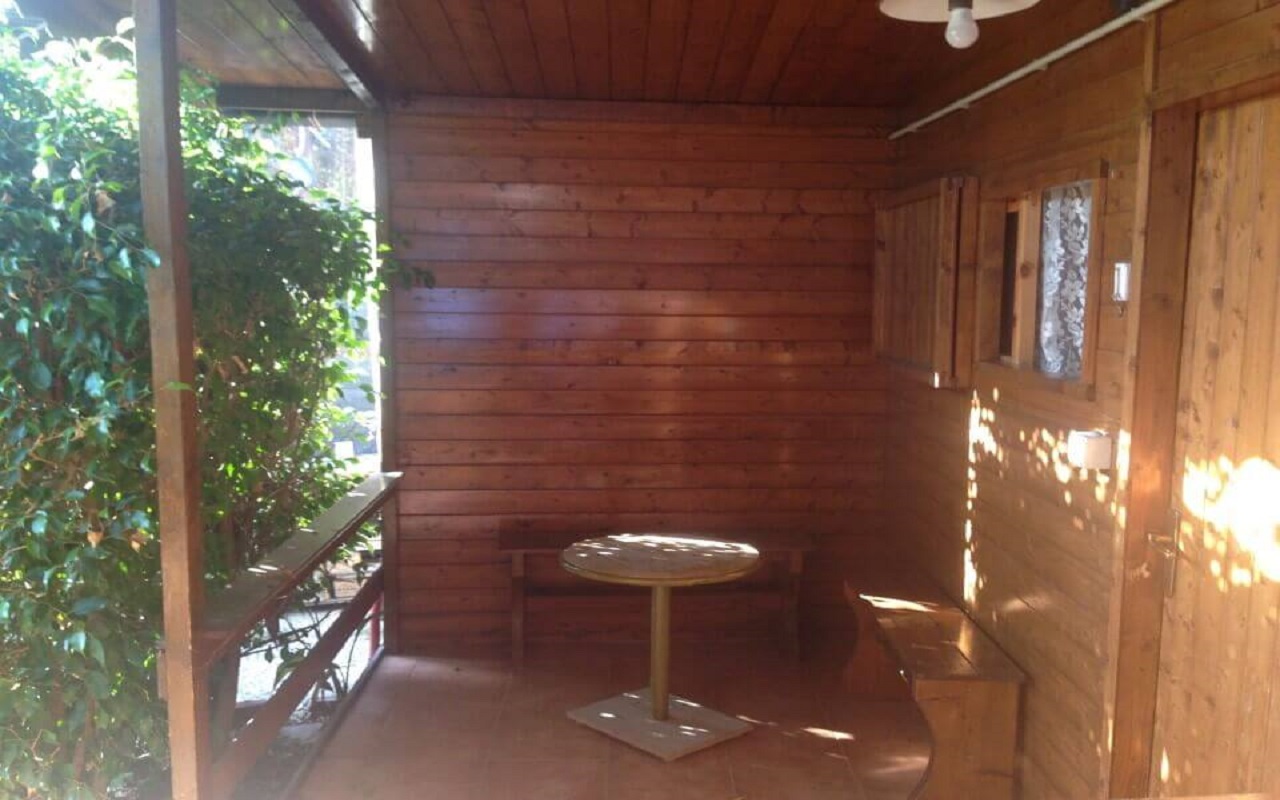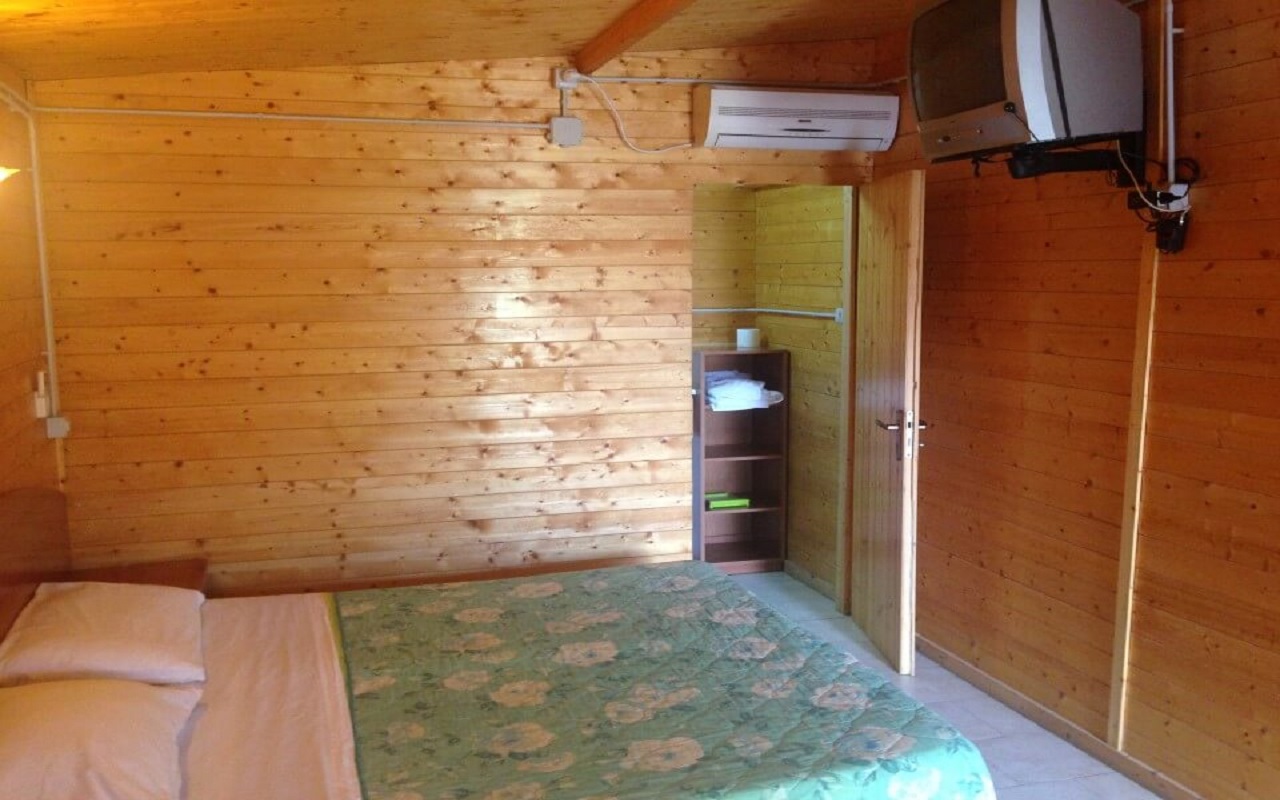La Perla Jonica Restaurant and Pizzeria
Disponibilita Camere
Camere
-
 Max:
Max:Servizi Camera: BAR, Children Games, Conditioned Air, Credit Card, Disco, Group, Internet, Park and Garden, Parking, Private Beach, Restaurant, Safe, Sport Activity, Televisione
La struttura si completa con dei bungalows e delle camere dotate di A/C, angolo cottura e servizio sulla spiaggia, che permette il soggiorno ad interi nuclei famigliari con bambini anche piccoli ma anche a gruppi di vacanzieri. Inoltre la struttura è dotata di stabilimento balneare con assistente bagnanti e animazione giornaliera per grandi e piccoli






Grandezza Camera: min: 25 mq max: 50mq
General Info
On a beautiful, unspoiled bay, a crystal-clear sea, a beach of fine sand, blessed by nature, providing a magnificent view of Mount Etna, stands this simple family-run restaurant, set up in 1982. The atmosphere is warm and friendly and it offers services ranging from simple activities for children to an elegant restaurant and high-quality pizzeria, 100 metres from San Pasquale’s “ARCHEODERI” archaeological park, and in an area once belonging to Ancient Greece and home to some of the most beautiful villages and treasures of Italy (Bova, Gerace, Pentedattilo, Palizzi).
The property, open all year round, rents rooms and provides free shuttle services to Reggio Calabria and to the “Tito Minniti” Airport of the Straits.
Our guests may also choose to arrive by motorbike as we are a Bikers Hotel partner and, therefore, equipped to meet all their needs.
We also have a special agreement with Reggio Calabria’s blood- donors association [AVIS], and with the Italian Coeliac Association.
The restaurant
This restaurant specialises in fresh fish, prepared and cooked with great passion by the owner, Signora Concetta, using natural herbs and high-quality produce.
The pizzeria
The pizzeria, with its modern, rotating, wood-burning oven, is a place where the imagination and the art of pizza complement the quality of the flour used to produce pizzas topped with seafood and other more traditional mixes, all in a friendly family atmosphere, where the service is prompt, the tables elegant, making holidays and evenings out unforgettable and fun.
Rooms and chalets
The property also rents chalets and rooms provided with air-conditioning, kitchenette and bathroom facilities on the beach, so that families with small children and groups of friends may enjoy a delightful holiday. Our guesthouse has its own bathing establishment with swimming experts and games for guests of all ages.
Methods of payment
Cash, ATM or credit cards.
Check-in
Check-out
Accepted payments
Servizi
 Animals
Animals BAR
BAR Children Games
Children Games Conditioned Air
Conditioned Air Credit Card
Credit Card Disco
Disco Equipped for the handicapped
Equipped for the handicapped Group
Group Internet
Internet Park and Garden
Park and Garden Parking
Parking Private Beach
Private Beach Restaurant
Restaurant Sport Activity
Sport Activity Televisione
Televisione
Restaurant menu
Bova Marina

Situated between Capo Crisafi, Capo San Giovanni d’Avalos and the Amendolea River, Bova Marina was founded in relatively recent times as a satellite of inland Bova.
The ancient port of Bova, in Greek Yalo tu Vùa, Bova Marina, became an urban settlement in its own right during the late nineteenth century, on the bay at the San Giovanni D’Avalos Cape, the Ionian Sea’s most elegant headland.
The hamlet of Bova Marina was built, in fact, in the nineteenth century at the behest of the then bishop of Bova, Mons. Dalmazio D’Andrea, who purchased considerable amounts of land on the banks of the Sideroni River to give to the poor. This event is recalled in a plaque on the façade of Bova Marina’s Church of the Immacolata, founded by the same bishop. Bova Marina grew during the period of urbanisation of the Ionian coast caused by a series of favourable circumstances. The construction of the railway line and of the SS 106 highway. Also, increases in revenue due to the cultivation of the gradually-reclaimed alluvial plains, no longer the target of the Turkish invasions that had threatened these shores at the beginning of the nineteenth century. In the seventeenth century, the present plain where the seaside town grew up was called simply the “small plain”, to distinguish it from that of San Pasquale which was called the “great plain”. In 1910, this small fishing village became a municipality in its own right, as little by little, citizens from inland Bova, who found it increasingly advantageous to earn their living by cultivating bergamot, later jasmine as well, moved to the coast.
TOWNLANDS AND LOCALITIES
Amygdalià, Apàmbelo, Borgo, Centro, Costa dei Saraceni, Fondo Vena, Mesofugna, San Pasquale.
HISTORY
Jalò tu Vùa is a particularly rich historical area and one of the Bovesìa’s most prominent archaeological locations. Its prestige is extraordinary thanks, in particular, to the archaeological finds bought to light in the Deri district of the San Pasquale valley during surveys carried out by Liliana Costamagna between 1983 and 1987. The site, in addition to revealing traces of a tenth-century BC proto-historic settlement, contains the ruins of a Roman villa, an aqueduct and a number of tombs, as well as the foundations of a building from the fourth century A.D., identified as a synagogue, as testified by its mosaic floor bearing symbols of the Jewish iconographic tradition: a menorah, a shofar and cedar and palm leaves. It seems to be the oldest of its kind in the West after that of Ostia Antica.
The synagogue stood in a location containing other buildings, and, therefore, seems to indicate the existence of a small village near the sea, once linking Reggio with the other towns on the Ionian coast.
This locality appears to be the ancient Scyle, which features in different ways in ancient Itineraria. This fact is confirmed, it would seem, by the presence of Scillàca as a place name in the Deri district.
Many prehistoric settlements [70] have come to light again around the Bova Marina area, especially some belonging to the Neolithic, Copper and Bronze Ages. The oldest in the Umbro vicinity, 200 metres above sea level and close to the new road linking Bova Marina and Bova, was originally inhabited from about the first half of the sixth millennium BC to 4000 BC as well as during the during later Copper Age. Among the most distinctive findings brought to light is a ritual deposit of ceramic containers, associated, most likely, with the abandonment of the site, and buildings dating back to the sixth millennium BC that seem to have been dwelling places. The excavations have also uncovered some typical samples of Neolithic material: ceramics bearing engraved decorations, utensils in chipped stone, stone axes, tools made from flint and obsidian, plain and decorated vases.
EXPLORING THE TOWN
Bova Marina provides those interested in learning about the oldest cultural aspects of the area with the opportunity of following the grand Parco archeologico Archeoderi [Archeoderi Archaeological Park] route through the San Pasquale neighbourhood. Here it is possible to visit the locality surrounding the synagogue, and view, inside the Antiquarium, several finds dating from the Neolithic, Bronze, and Magna-Grecian-Byzantine ages, besides the above mentioned, precious Jewish mosaic.
Continuing along the valley, it is also possible to visit the ruins of the small Byzantine church of the Panagia – one of the many places of worship found along the Byzantine-age route of the Italo-Greek saints – whose circular structure recalls the baptistery of Santa Severina and the Cattolica di Stilo.
By way of further testimony to the area’s Byzantine rite, on top of a small hill and nestling amid olive trees and broom, stand the ruins of another Byzantine gem, the tiny tenth-century church of San Niceto in the Apambelo locality.
In Bova Marina we find the headquarters of the I.R.S.S.E.C. [Istituto Regionale Superiore Studi Elleno Calabri- The Higher Regional Institute for Greek-Calabrian Studies] where, one can follow a recently-inaugurated presentation of the course of traditional local crafts at the Museo della Civiltà Contadina [The Museum of Peasant Civilization], which greatly enhances the town’s cultural services.
Furthermore, to safeguard the language and culture of the Greeks of Calabria, two territorial organisations, Odisseas and Jalò tu Vùa, are particularly active.
The San Giovanni d’Avalos headland or “Ten arcan tou Boòs” [Bova Point], as it is called in an eleventh-century Byzantine document, is particularly fascinating. On the crest of the lovely promontory, which the Greeks dedicated to Hercules, stand a number of monuments. Symbolically recollective of the history of the Graecanic coastal area, they include, a sixteenth-century chivalric tower, a small eighteenth-century church, sponsored by a family of aristocratic patrons, the Marzano, and a huge bronze statue of the Madonna del Mare [Our Lady of the Sea], brought here by helicopter in 1962. Devotion to the Virgin, celebrated here during the first week in August, with a suggestive procession to the sea, is associated with the presence, once, of a church dedicated to Our Lady of Porto Salvo, which stood at the foot of the promontory until, at the end of the seventeenth century, a violent tidal wave wiped it out completely. The feast of Our Lady of Porto Salvo is related to its role as a leeward haven that Capo San Giovanni d’Avalos played through the ages. The Skile statio found in the vicinity of San Pasquale, as well as the archaeological remains discovered at Tripepi, on the eastern outskirts of Bova Marina, were connected with the presence of a nearby commercial maritime port, as well as the Sideroni and San Pasquale rivers.
Continua a leggere




